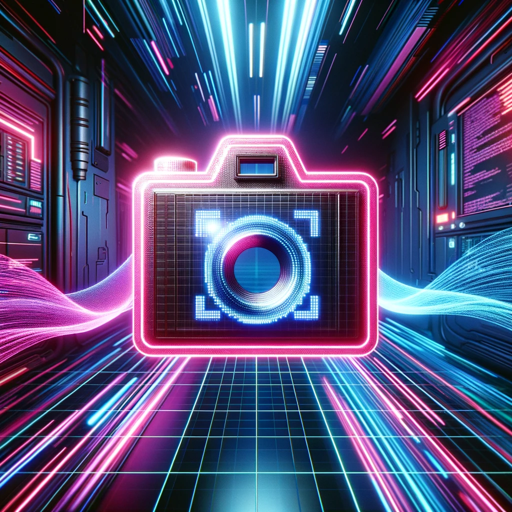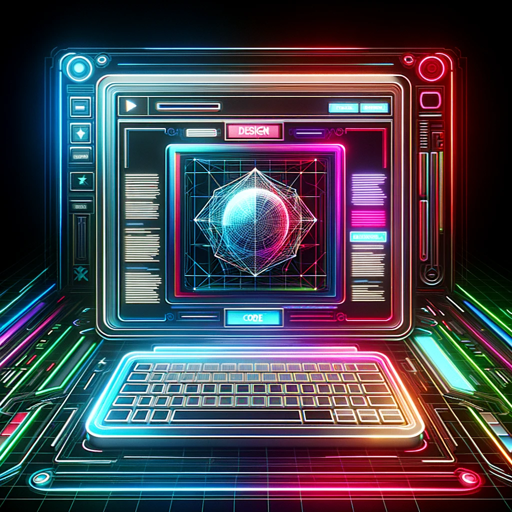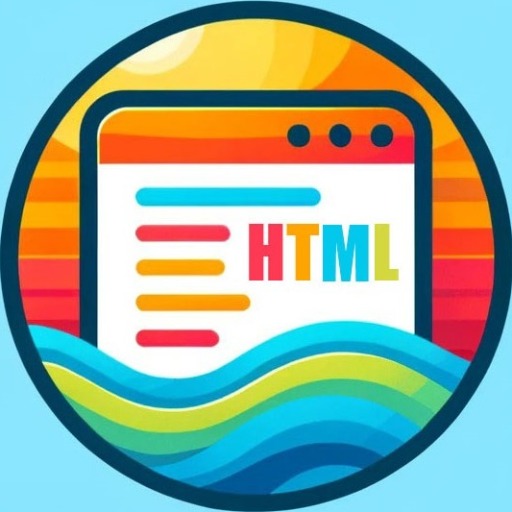Generate HTML from an image-HTML from UI images
AI-powered tool to convert UI images into HTML.
Related Tools
Load More
Screen Shot to Code
This simple app converts a screenshot to code (HTML/Tailwind CSS, or React or Vue or Bootstrap). Upload your image, provide any additional instructions and say "Make it real!"

Image to HTML, CSS, and JavaScript Code Generator
Converts images to HTML/CSS/JS, improves with feedback

Image-to-HTML
Building HTML with Wireframe or Image Input

Screenshot to HTML
Upload a screenshot of a website and turn it into simple HTML, Tailwind, or JavaScript code.

Image Generator from Text
Image Generator from Text: This model is designed to transform textual descriptions into compelling visual imagery. It is an AI tool that leverages the power of deep learning to interpret and visualize complex textual inputs, effectively bridging the gap

image to text
Image to Text is an advanced image to text converter, adept at transforming images into accurate text. This tool excels in converting diverse visuals to readable text. It embodies the innovative text to image AI technology, bridging the gap between visual
20.0 / 5 (200 votes)
Introduction to Generate HTML from an Image
Generate HTML from an image is a specialized AI-powered tool designed to assist in the development of web-based user interfaces. The primary function of this tool is to analyze images that depict web application UIs and convert them into functional HTML, CSS, and JavaScript code. This is particularly useful for developers, designers, and teams looking to rapidly prototype or build web interfaces based on visual designs. For example, if a designer has created a mockup in a design tool like Figma or Photoshop, they can upload an image of that mockup to this tool, which will then generate the corresponding HTML code, along with styling and basic interactivity.

Main Functions of Generate HTML from an Image
HTML Generation
Example
A user uploads an image of a login page mockup, and the tool generates the corresponding HTML code for the form elements such as input fields, labels, and buttons.
Scenario
This function is particularly useful during the early stages of web development, where quick prototyping is necessary to visualize how a web page will look in a browser.
CSS Generation
Example
The tool analyzes the uploaded image's design elements, such as color schemes, fonts, and layouts, to generate CSS that replicates the visual appearance of the mockup.
Scenario
Designers can use this function to quickly apply their design aesthetics to a web page without manually writing extensive CSS.
JavaScript for Interactivity
Example
If the uploaded image includes interactive elements like buttons or form validation, the tool generates basic JavaScript code to handle these interactions.
Scenario
This is useful in scenarios where the design includes dynamic content or user interactions, such as submitting a form or toggling a dropdown menu.
Ideal Users of Generate HTML from an Image
Web Developers
Web developers, especially those focused on front-end development, can benefit from using this tool to speed up the process of turning design mockups into functional web pages. It allows them to quickly generate the structure and styling of a page, which they can then refine and build upon.
UI/UX Designers
UI/UX designers who create visual mockups of web interfaces can use this tool to convert their designs into HTML and CSS code. This helps them to see their designs come to life in a web browser without needing to code extensively, making the design process more efficient and iterative.

How to Use Generate HTML from an Image
1
Visit aichatonline.org for a free trial without login; no need for ChatGPT Plus.
2
Upload an image that represents a web-based UI screen, such as a wireframe, mockup, or screenshot.
3
Analyze the output HTML, CSS, and JavaScript files generated based on the uploaded image.
4
Request modifications or refinements to the generated files if needed until satisfied with the results.
5
Download the final code as a zip file for use in your web development project.
Try other advanced and practical GPTs
今日头条爆文改写
AI-Powered Article Rewriting

Redlight stretch for drivers
AI-powered stretches for pain-free driving

YT動画台本構成
AI-powered Video Script Creator

MJ v6 画像生成
AI-Driven Creativity for Everyone

"Image" Creator(横長画像作成)
Create customized images with AI

Prompt Optimizer
AI-powered prompt refinement for better results.

AI Photography Prompt Enhancer
Craft perfect AI photography prompts easily.

AI Image Generator Magic
AI-powered image creation made simple.

Open API Schema Creator
AI-powered tool for effortless API schema creation.

Schema GPT
AI-powered tool for generating SEO-optimized schema.

Schema Wizard
AI-powered schema markup generator

Advanced Article Schema Wizard
AI-powered schema wizard for tailored SEO.

- Web Design
- UI Prototyping
- HTML Generation
- Mockup Conversion
- Rapid Development
Generate HTML from an Image: Common Questions
What types of images work best with Generate HTML from an image?
Images that depict web-based UI screens, such as wireframes, mockups, or screenshots of websites, work best. These images should have clear structure and design elements.
Can I use this tool to generate HTML for any image?
No, this tool is specifically designed to generate HTML from images representing web UI screens. Images of animals, people, or non-UI content are not supported.
Is coding knowledge required to use this tool?
No, the tool automatically generates HTML, CSS, and JavaScript code from the image, making it easy to use even for non-developers. However, basic coding knowledge may help in customizing the output.
Can I request changes to the generated code?
Yes, you can review the generated code and request modifications or refinements until you are satisfied with the final output.
Is the generated code production-ready?
The generated code serves as a solid foundation for your web project. It may require further customization or optimization to meet specific production needs.